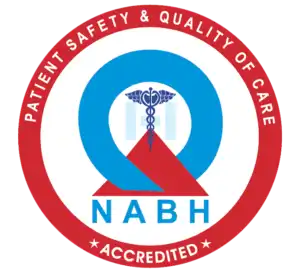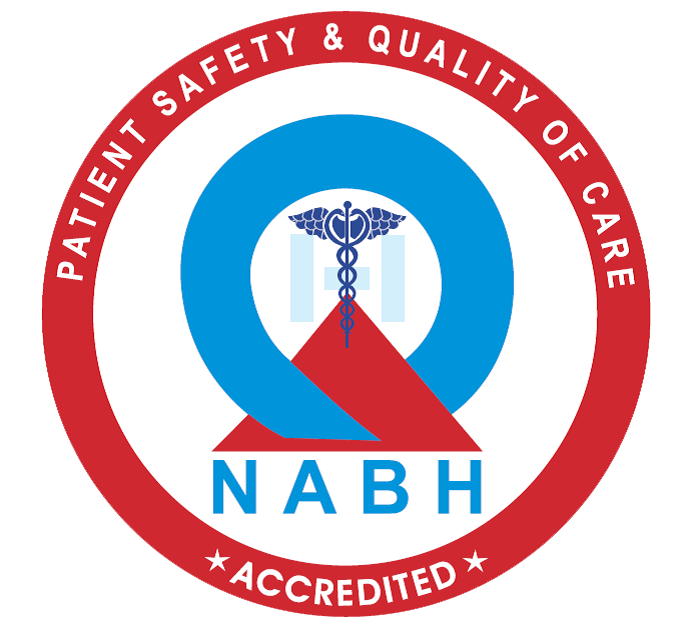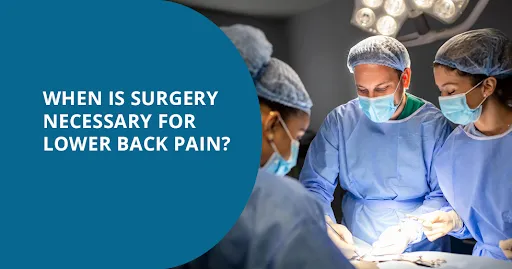Back surgery is a major decision best considered after exploring alternatives to back surgery. Understand your pain’s causes and weigh surgery’s benefits and risks for informed choices and better outcomes.
For severe cases with persistent pain, disability, or neurological symptoms like numbness, weakness, or bladder control loss despite conservative treatments, surgery is required. This blog aims to help you determine when lower back pain surgery is necessary, understand the conditions it addresses, and explore viable options for effective pain relief.
When Is Surgery Necessary?

Criteria for Considering Surgery
Surgery may be necessary if:
- Conservative treatments fail after an extended period.
- There is significant nerve compression causing weakness, numbness, or loss of bowel/bladder control.
- Structural issues like herniated discs or spinal stenosis severely limit mobility.
Quality of Life Impact
If chronic back pain interferes with daily activities, work, or sleep, back pain surgery options are necessary to improve functionality and long-term comfort.
Also Read: Non-Surgical Treatments for Lower Back Pain: What Works Best?
Types of Back Surgery for Lower Back Pain
Spinal Fusion
- It is the most common surgery for chronic nonspecific back pain with degenerative changes.
- Joins two or more vertebrae to stabilize the spine and reduce pain caused by movement.
Discectomy or Microdiscectomy
- Removes part or all of a herniated disc pressing on nerves to alleviate pain and improve mobility.
Artificial Disc Replacement
- Replaces a damaged disc with an artificial one to maintain flexibility and support in the spine.
- Recovery time may be shorter than for a spinal fusion.
Minimally Invasive Surgery
- Minimally invasive spine surgery (MISS) uses smaller incisions and advanced techniques and tools to treat spinal issues.
- MISS causes less muscle damage, reducing recovery times and less pain.
Risks and Benefits of Back Surgery
Potential Benefits of Surgery
- Improved mobility and fitness.
- Enhanced mood.
- Reduced reliance on pain medication.
- Return to work and increased productivity.
Risks and Complications
- Potential for infection or bleeding.
- Risk of nerve damage or incomplete pain relief.
- Possibility of surgery failure, requiring additional procedures.
Recovery and Rehabilitation
- Depending on what type of surgery and whether it is an open surgery or a MISS, you might go home the same day or need to stay in the hospital for up to 5 days.
- Patients must follow activity restrictions to promote healing and prevent complications.
Also Read: Top 5 Ways to Relieve Back Pain
Natural Alternatives to Back Surgery
Physical Therapy:

- Targeted stretches and exercises strengthen muscles and improve flexibility under the guidance of a licensed physical therapist.
- A study confirmed that guideline adherent physical therapy was associated with lower utilization of advanced imaging, lumbar spinal injections, spine surgery, and opioid use.
Lifestyle Changes:

- Incorporate ergonomic adjustments, regular exercise, and a healthy diet to support back health.
- Try doing Yoga and Pilates 3 to 4 times a week for up to an hour as yoga reduces back pain.
Back Pain Surgery Alternatives: Exploring Non-Surgical Options
Epidural Steroid Injections:
- Steroid injections into the epidural space have treated LBP since the early 1950s.
- If pain exceeds for more than 6 months, the doctor may recommend epidural injections.
- It provides temporary relief by reducing inflammation around the nerve roots.
Radiofrequency Ablation:
- It is also called radiofrequency neurotomy and uses heat to disable nerves transmitting pain signals to the brain, offering long-term relief for people with chronic pain, especially in the lower back.
Regenerative Medicine:

- Unlike steroids, which suppress inflammation, regenerative medicine stimulates the repair of damaged structures.
- Regenerative therapies include marrow-derived stem cells (MSCs), growth factors, platelet-rich plasma (PRP), and prolotherapy.
- Techniques like PRP or stem cell therapy promote tissue repair and reduce pain.
- Activated PRP is composed of activated platelets and high levels of growth factors that are responsible for tissue healing and regeneration.
- In PRP, blood is drawn, centrifuged to concentrate platelets, and activated to release growth factors before being injected into the target area.
- A trial found that both lumbar facet steroid injections and PRP reduced pain, but PRP offered longer-lasting relief.
Conclusion
surgery should be the last option after exploring lower back pain surgery options. For lower back pain treatment in Bangalore, consult to discuss your symptoms and find the best treatment for lasting relief with Epione.
Discuss your symptoms and explore the best treatment options for lasting relief.
Also Read:
1. The Link Between Lower Back Pain and Sciatica
2. Lower Back Pain: Causes, Symptoms & Treatment Options
3. Is Your Job Contributing to Lower Back Pain? How to Identify Occupational Risks






